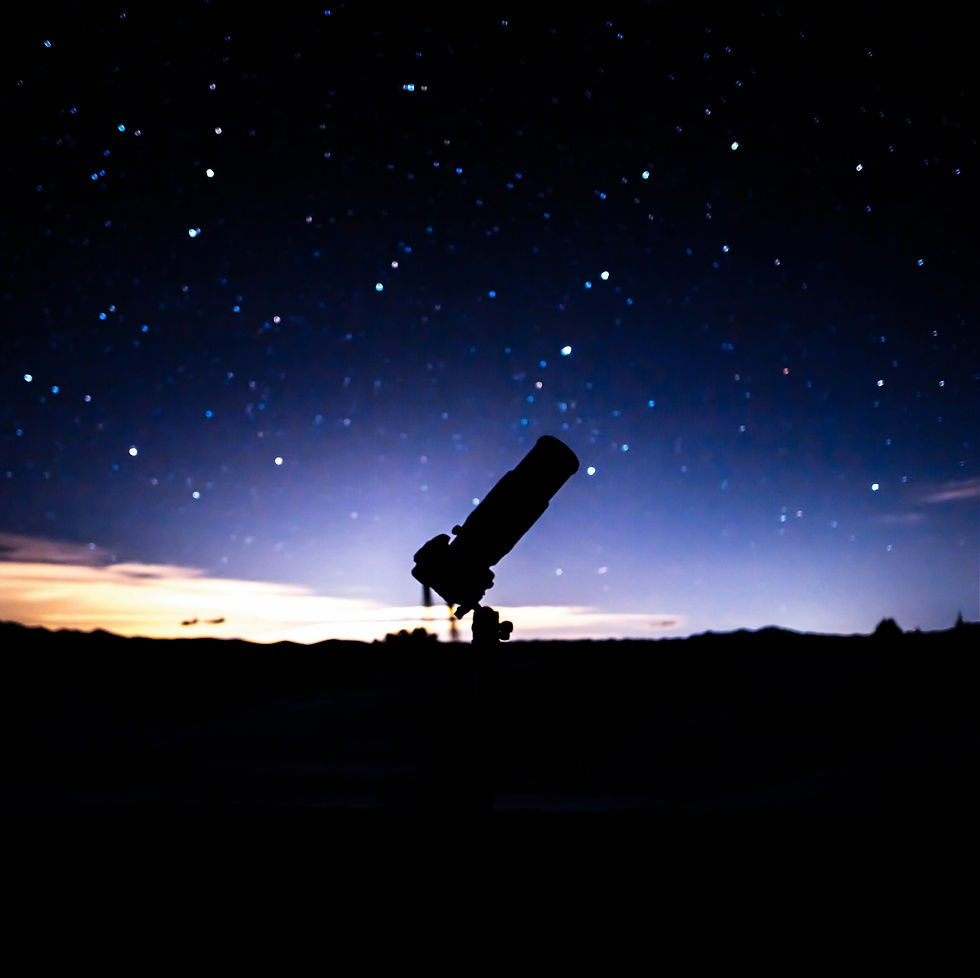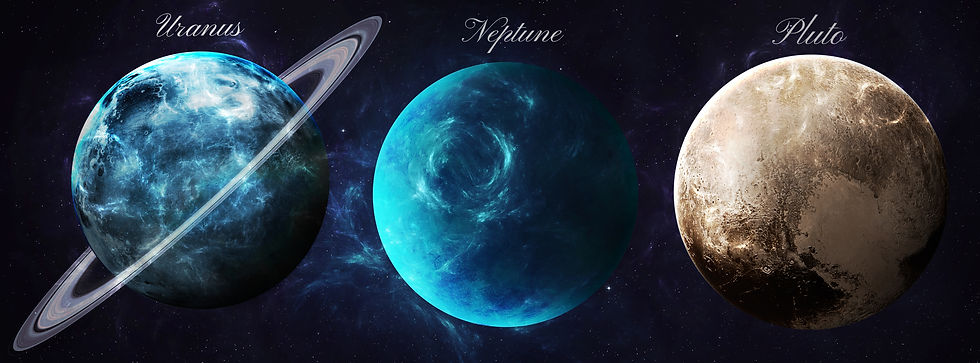Vedic or Western? How These Two Astrology Systems Differ
- Deb Zaccheo
- Dec 28, 2023
- 2 min read
Updated: Jun 28, 2024
Vedic Astrology and Western Astrology are two distinct systems with fundamental differences in their approach and techniques.
Here are some key differences:
Historical Origins:
Vedic Astrology, also known as Jyotish, has its roots in ancient Indian scriptures called the Vedas, which date back thousands of years. Western Astrology, on the other hand, has its origins in ancient Greece and Rome and has evolved over centuries.


Zodiac Systems:
Vedic Astrology uses the sidereal zodiac, which is based on the actual positions of the planets in space.
In contrast, Western Astrology uses the tropical zodiac, which is based on the position of the Sun relative to the Earth's seasons.

Calculation of Charts:
Vedic Astrology places a strong emphasis on precise calculations of planetary positions at the time and location of birth. Western Astrology gives more weight to aspects, angles, and relationships between planets.

Interpretation and Focus:
Vedic Astrology places a significant emphasis on a person's karma, reincarnation, spiritual growth, dharma and life purpose. Western Astrology, on the other hand, tends to focus more on psychological analysis, personality traits, and interpersonal dynamics.
Divisional or Harmonic Charts:
Vedic Astrology utilizes a system of divisional charts known as Vargas, which like looking into a microscope can provide detailed insights into specific areas of life, such as career, marriage, wealth, passions, talents, struggles, and challenges. Western Astrology does not use divisional charts, placing more emphasis on planetary oppositions, squares, sextiles, conjunction and trines.

Predictive Techniques:
Vedic Astrology utilizes Dashas (planetary periods) and transits (movement of the planets) to make predictions. Western Astrology commonly uses progressions, solar returns, and transits for predictive purposes.
27 Nakshatras Verses Uranus, Neptune, Pluto:
Vedic Astrology utilizes the 27 Nakshatras – lunar constellations behind the earth’s encircling zodiac – infusing nuanced spiritual elements into each zodiac sign. Reading the moon nakshatras was the original Vedic way to interpret astrology.

Western Astrologers find spiritual nuances in the three far-off planets Uranus, Neptune, and Pluto. These outer planets are not on the Zodiac Ecliptic belt and were not discovered when Vedic Astrology was first cognized.
It's important to note that despite these differences, both Vedic Astrology and Western Astrology can offer valuable insights and guidance. The choice between the two systems often depends on cultural background; In the West it is easier to equate your Zodiac (Sun) sign to your birth month, and follow the plethora of Western Astrology information blasted across the internet.
Many people simply haven’t been exposed to the astronomically correct Vedic system. My experience has been they are pleasantly surprised when they get a Vedic Astrology Reading! Many versions of “THIS MAKES SO MUCH MORE SENSE" is what my Vedic Astrology colleagues and I usually hear after readings.

To learn more about Soul Purpose Vedic Astrology, or to book a reading, visit www.debzholisticlifecoachastrologer.com
Subscribe to my newsletter and get your Vedic Astrology chart, a snapshot of where all the planets were at the time of your birth to reveal your Soul’s purpose in this Universe-ity of Life.








Comments